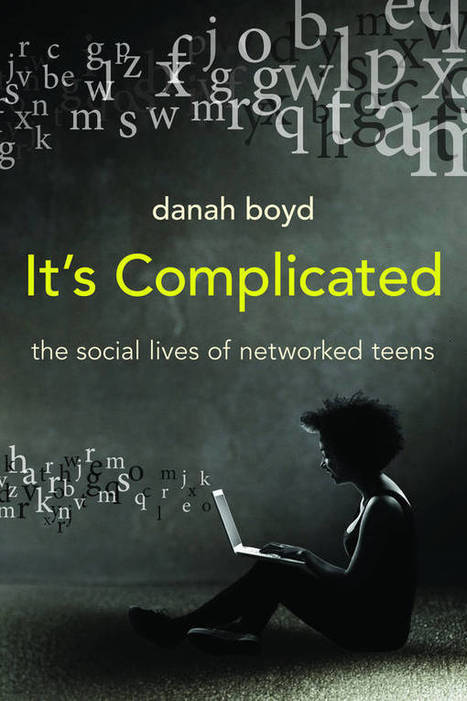Transmedia Storytelling for Entertainment, Brands, Marketing, Governments, Education, and Social Change.
Research and publish the best content.
Get Started for FREE
Sign up with Facebook Sign up with X
I don't have a Facebook or a X account
Already have an account: Login
The many dimensions of social media in research, teaching and learning.
Curated by
Kim Flintoff
 Your new post is loading... Your new post is loading...
 Your new post is loading... Your new post is loading...

Malcolm Haines's curator insight,
September 21, 2014 12:26 AM
Teachers need to be critically engaged in SoMe.

Rebecca Scriven's curator insight,
September 7, 2014 8:46 PM
Perfect timing, as I'm putting together a social media toolkit. Thanks!
suzanne kamal's curator insight,
June 8, 2013 11:48 PM
Interesting that social media is used in academic settings but access is still blocked in many educational environments! Time for change? |

John A. MacDonald's curator insight,
March 10, 2014 6:38 AM
An interesting book with a progressive publishing concept. 
Tricia Adams's curator insight,
March 10, 2014 7:06 AM
Social history and reflection on today's connected youth - looks interesting 
gawlab's curator insight,
March 16, 2014 9:01 PM
a téléchargé la copie libre du livre de danah boyd. |



































